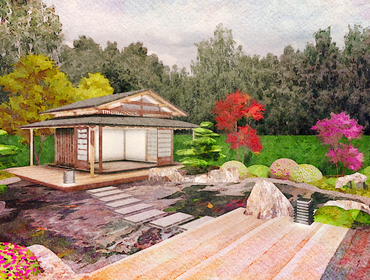Orders and Deliveries
Pricing - All the prices on this website are based on the current prices of the materials and the production fees.
Therefore we can only give you a thoroughly estimate of the products prices. Make sure to always ask a quotation for the
latest price. Our prices do not include freight or onsite installment. This can be added to your order if you wish, based
on the items total weight and your ZIP or postal code.
Refunds - Payments for orders processed by third party portals such as Paypal, Etsy, Bonanza, that are canceled
for any reason are returned to the customer by us after deduction of all costs incurred for the transaction such as
transaction fee, insurance, etc. Goods that have already been paid for by the customer, but cannot be delivered/shipped
by Yokoso Japanese Gardens within 12 months after the full payment due to negligence on behalf of the customer, remain
the property of Yokoso Japanese Gardens Ltd. The customer hereby loses any right to compensation and/ or refund of the
amount paid, and Yokoso Japanese Gardens Ltd. is free to offer the item for sale again. Negligence means; failure to
respond to any correspondence from Yokoso Japanese Gardens Ltd. regarding transportation fees and other additional costs
incurred to get the product to its destination.
Storage - In the event that the customer has purchased and paid for goods which are temporarily stored on the
premises of Yokoso Japanese Gardens Ltd., the following provisions must be observed; Yokoso Japanese Gardens Ltd. can
under no circumstances be held liable for any damage that may occur during the temporary storage of these goods. An
amount of € 150.00 per month per pallet location is charged for the temporary storage of goods. The costs for storage
must be paid in full before the goods are sent to the owner.
Delivery - Some products we offer are custom manufactured in Asia and will have to be imported. Most of the orders
have a delivery time of 6 to 8 weeks from the date the order was placed. Of course we will keep in touch with you to keep
you informed of the status of your order. Currently we deliver our products to all countries in the European Union. If you
want your order delivered to a country outside the EU, please send us an email and ask for a quotation.
Shipping -
The transport of the goods you purchased, doesn't have to be done by the customer. Yokoso Japanese Gardens would like to
take this task off your hands. Because the price of transport is highly dependent on the weight and volume of the order
and the delivery address, Yokoso Japanese Gardens always offers a separate quotation. Smaller goods can of course be
transported by yourself but an Oriental pavilion or a 1000 kg granite Japanese lantern are better let over to Yokoso
Japanese Gardens and our transport partners. Yokoso Japanese Gardens BV provides insured worldwide door to door shipping
and transport. Please be aware that shipping and transport fees will depend highly on the destination and the amount and
weight of the goods. The starting fee for transport is euro 150,00 per euro pallet. All transports however need to be
calculated upfront. We will send our customers a quotation before sending an invoice.
Example: 1 europallet 700 Kg, Boskoop Netherlands -> Vienna Austria = 180,00
Example: 2 europallet 700 Kg, Boskoop Netherlands -> New York USA = 1.080,00
List of Japanese era names
The Japanese eras are the result of a periodization system which was established by Emperor Kōtoku in 645. The system of
Japanese era names was irregular until the beginning of the 8th century. After 701, sequential era names developed without
interruption across a span of centuries. Most of our antique Japanese stone lanterns, tsukubai and other ornaments could
be dated in one of the following periods. For some items however it is very difficult to date them exactly.
| Heian | 710-1192 |
| Kamakura | 1192-1333 |
| Muromachi | 1338-1573 |
| Azuchi-Momoyama | 1573-1603 |
| Edo | 1603-1868 |
| Meiji | 1868-1912 |
| Taishō | 1912–1926 |
| Shōwa | 1926–1989 |
| Heisei | 1989–2019 |
Granite and Stone
Granite is a common and widely used type of intrusive, felsic, igneous rock. Granites usually have a medium to coarse
grained texture. Occasionally some individual crystals are larger than the groundmass in which case the texture is known
as porphyritic. Granites can be pink to gray in color, depending on their chemistry and mineralogy. By definition,
granite has a color index (i.e. the percentage of the rock made up of dark minerals) of less than 25%. Outcrops of
granite tend to form tors, and rounded massifs. Granite is also used in Japanese garden statues, Japanese granite
lanterns and garden decoration. Below is a list of available colors and numbers. Japanese granite is much softer and
less heavy then granite from China. Japanese granite has a much more open grain. This helps the aging of the material.
In general it takes the granite a few years to develop a wonderful patin that gives the granite its wonderful qualities.
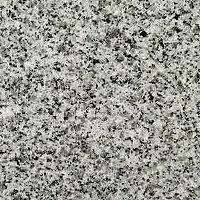 (CH)G603 |
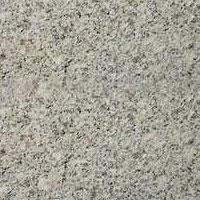 (CH)Qingstone |
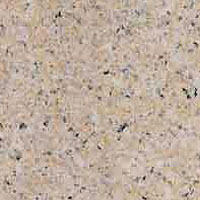 (CH)G681 |
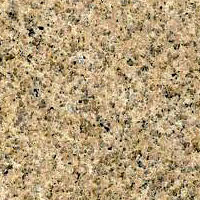 (CH)G682 |
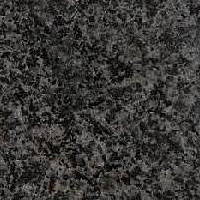 (CH)G654 |
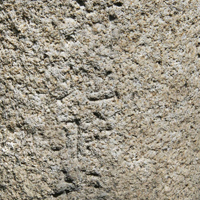 (JAP)Shirakawa |
Wood Species
Oregon Pine - Oregon Pine is one of the world's best timber producers and yields more timber than any other tree
in North America. The wood is used for dimensional lumber, timbers, pilings, and plywood. Creosote treated pilings and
decking are used in marine structures. The wood is also made into railroad ties, mine timbers, house logs, posts and poles,
fencing, flooring, pulp, and furniture. Oregon Pine is used extensively in landscaping. It is planted as a specimen tree
or in mass screenings.
Merbau - Merbau is a species of flowering tree in the pea family, Fabaceae, that is native to the Indo-Pacific.
It ranges from Tanzania and Madagascar east through India and Queensland, Australia to the Pacific island of Samoa. It
grows to around 50 meters (160 feet) tall with a highly buttressed trunk. It inhabits mangrove swamps. The tree's timber,
called merbau or kwila, is a very durable and termite-resistant wood, making it a highly valued material for flooring and
other uses. Merbau can contain a "gold" fleck that runs through the grain, considered to be attractive by some. The wood
is used for flooring in U.S. and European markets where it is commonly sold under different names.
Western Red Cedar - Eastern Red-cedar, Red Cedar, Eastern Juniper, Red Juniper, Pencil Cedar is a species of juniper
native to eastern North America from southeastern Canada to the Gulf of Mexico and east of the Great Plains. Further west
it is replaced by the related Juniperus scopulorum (Rocky Mountain Juniper) and to the southwest by Juniperus ashei (Ashe
Juniper). The fine-grained, soft brittle pinkish- to brownish-red heartwood is fragrant, very light and very durable, even
in contact with soil. Because of its rot resistance, the wood is used for fence posts. The aromatic wood is avoided by moths,
so it is in demand as lining for clothes chests and closets, often referred to as cedar closets and cedar chests.
Siberian Larch - The Siberian Larch or Russian Larch (Larix sibirica) is a frost-hardy tree native to western Russia,
from close to the Finnish border east to the Yenisei valley in central Siberia, where it hybridises with the Dahurian Larch L.
gmelinii of eastern Siberia; the hybrid is known as Larix. It is a medium-size to large deciduous coniferous tree reaching
20-50 m tall, with a trunk up to 1 m diameter. The crown is conic when young, becoming broad with age; the main branches
are level to upswept, with the side branches often pendulous. Because of its rot resistance, larch wood is especially valuable
for posts, poles, railroad tie sleepers, and mine props.
Hinoki - Hinoki is a slow-growing tree which grows to 35 m tall with a trunk up to 1 m in diameter. The bark is dark
red-brown. It is grown for its very high quality timber in Japan, where it is used as a material for building palaces,
temples, shrines, traditional noh theatres, baths, table tennis blades and masu. The wood is lemon-scented, light pinkish-brown,
with a rich, straight grain, and is highly rot-resistant. For example, Horyuji Temple and Osaka Castle are built from Hinoki
wood. The Hinoki grown in Kiso, used for building Ise Shrine, are called Go-Shin-Boku "Tree where god stayed".
White Birch - A medium-sized deciduous tree reaching 60 feet tall (18m), and exceptionally to 130 feet (40m) with a
trunk up to 32 inches diameter (0.8m). The bark is white, commonly brightly so, flaking in fine horizontal strips, and often
with small black marks and scars. The grain of white birch plywood shows a lot of variety. It ranges from very plain,
inconspicuous growth to very elegant curly birch. Well-seasoned White Birch is usually quite strong, and won't warp, split,
twist, or swell. The very hard surface helps the wood withstand typical abuse from high traffic areas without noticeable
effects. Yokoso Japanese Gardens uses white birch plywood for the finishing of the wall panels of the pavilions.
Maintenance - Natural wood will greatly determine the strong natural character of the building. The various wood types
are treated in different ways so that the elements and insects like termites, beetles and woodworms will have no influence on
the construction. Over time, however, a natural discoloration may occur. The wood will eventually turn grey which in no way
will affect the quality of the wood. If you want to avoid this aging please be sure to treat the wood with a natural oil on
regular basis. Yokoso Japanese Gardens builds country houses, garden houses and pavilions that will last for ages and will
gain beauty over the years. We are partnered with Woca Denmark. A company that offers high-quality products that protect,
preserve and enhance the beauty of exterior wood whilst stimulating the wood and ensuring long-lasting durability.
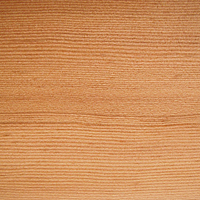 Oregon |
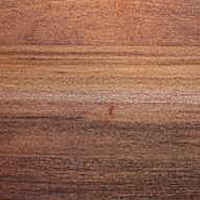 Merbau |
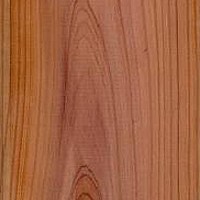 Cedar |
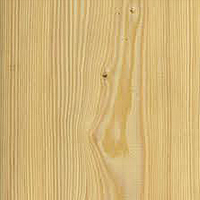 Larch |
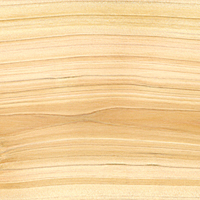 Hinoki |
 Birch |
More from Yokoso
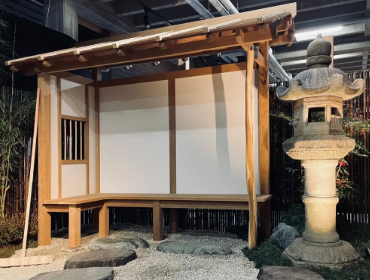
This video shows the Japanese Garden we built as a demonstration at The Trophy International Bonsai 2023 in Belgium.
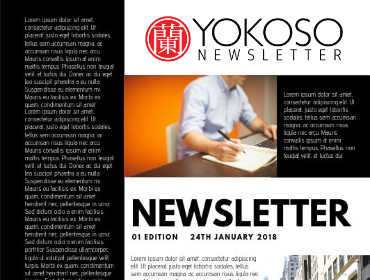
Apply for our monthly newsletter for all the latest updates on Japanese garden products and landscaping projects.


